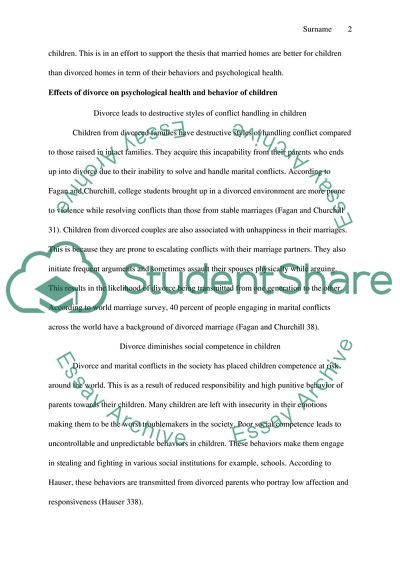Cite this document
(“A Married home is better for children than a Divorced home Essay”, n.d.)
A Married home is better for children than a Divorced home Essay. Retrieved from https://studentshare.org/psychology/1452786-a-married-home-is-better-for-children-than-a-divorced-home
A Married home is better for children than a Divorced home Essay. Retrieved from https://studentshare.org/psychology/1452786-a-married-home-is-better-for-children-than-a-divorced-home
(A Married Home Is Better for Children Than a Divorced Home Essay)
A Married Home Is Better for Children Than a Divorced Home Essay. https://studentshare.org/psychology/1452786-a-married-home-is-better-for-children-than-a-divorced-home.
A Married Home Is Better for Children Than a Divorced Home Essay. https://studentshare.org/psychology/1452786-a-married-home-is-better-for-children-than-a-divorced-home.
“A Married Home Is Better for Children Than a Divorced Home Essay”, n.d. https://studentshare.org/psychology/1452786-a-married-home-is-better-for-children-than-a-divorced-home.


